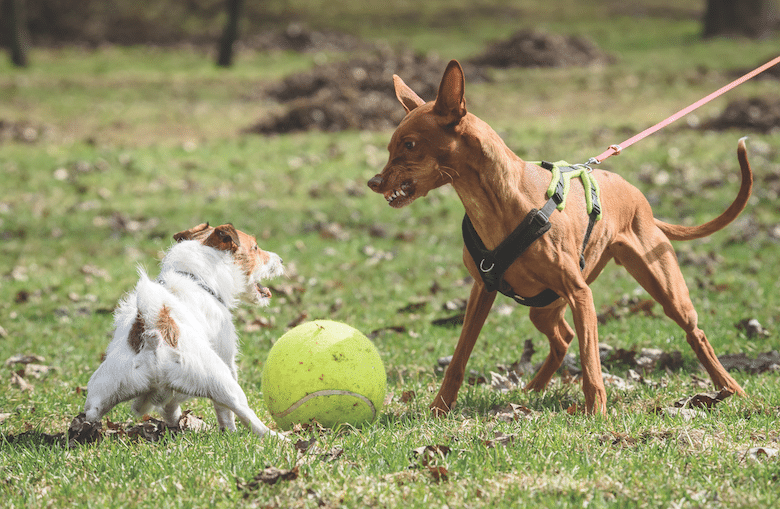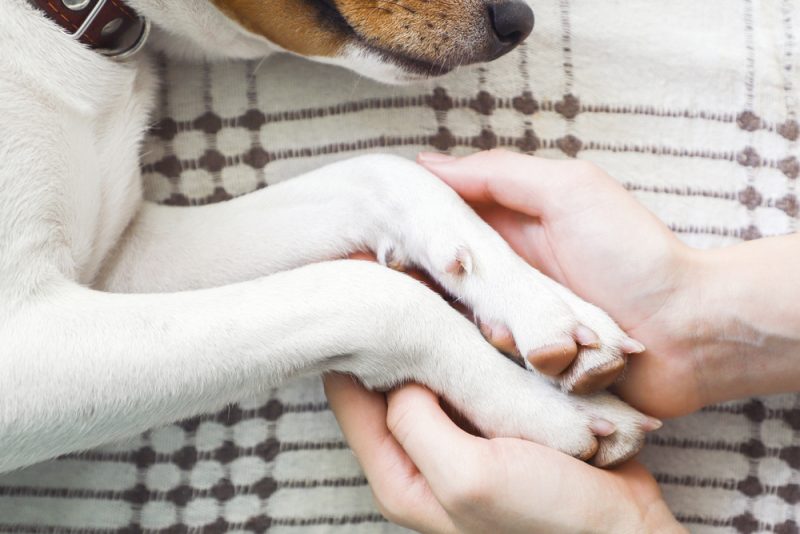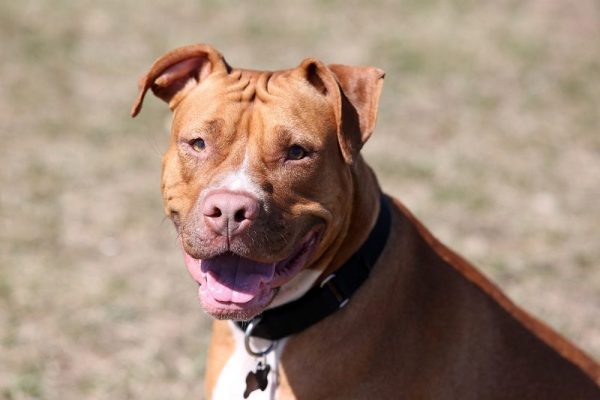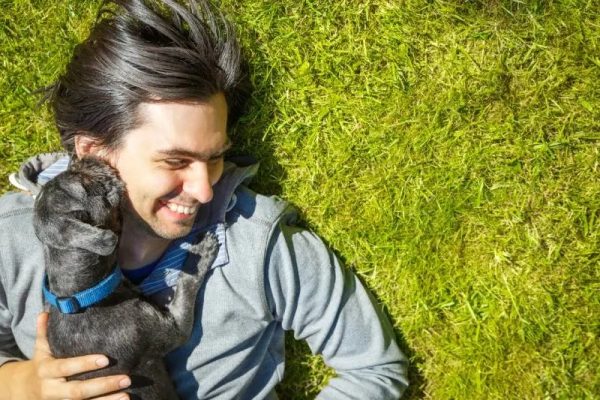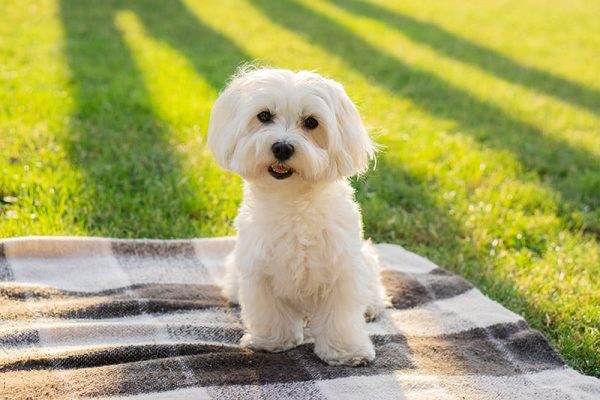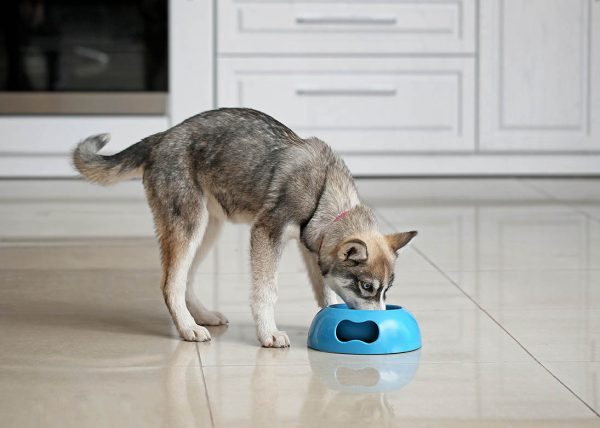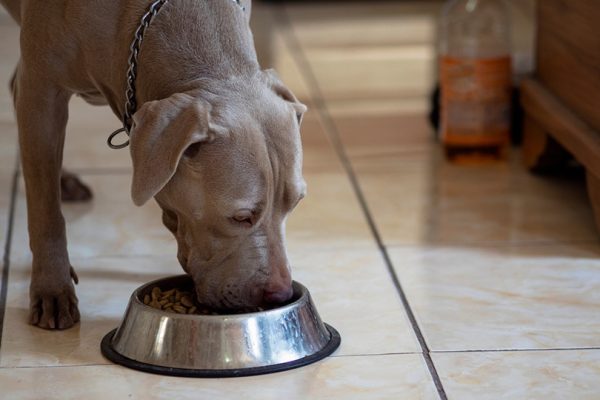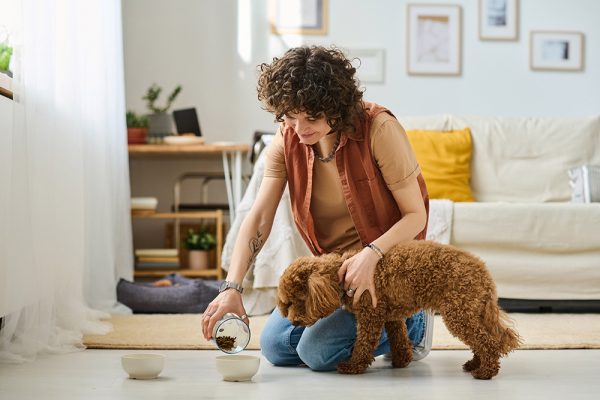Few things can be as mortifying to a dog owner as realizing that their beloved pet might be a bit of a bully. Bullies come in all shapes and sizes, so don’t assume your Chihuahua won’t terrorize the off-leash park if given the chance. In this article, we’ll cover five signs your dog might be a bully and what to do if they are.
As a dog owner, it is your responsibility to control your dog at all times in order to keep all the other members of the public and their pets safe, including your own dog. If your dog is not trained in recall or has a tendency to bully other dogs, be mindful that not all dogs and their owners will tolerate this, and it may lead to a conflict.

The 5 Signs Your Dog is a Bully
1. Your Dog Is Always the One Chasing Other Dogs
Friendly, positive canine play sessions are never one-sided. The dogs take turns chasing each other or switching positions as they wrestle. That doesn’t mean they divide the play roles equally, either.
One dog may spend more time chasing, but you’ll still see them reverse roles occasionally to give the other a break. If you notice that your dog is always pushing interactions with other dogs, such as chasing, barking, or pinning them down while wrestling, it could be a sign of bullying behavior.
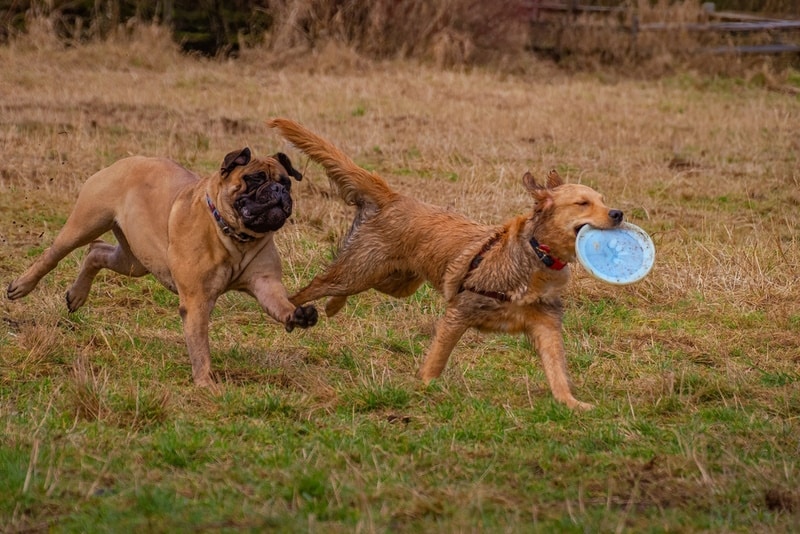
2. Your Dog Ignores Signs From Other Dogs to Back Off
Even in healthy dog play sessions, one of the participants may reach a point where they’ve had enough. When that happens, the dog who needs a break will use their body language to signal their playmates to leave them alone.
They may walk away, stop making eye contact, or even snarl and growl. If your dog ignores these signs and continues to press the issue, it could be a sign of bullying.
3. Your Dog Fixates on Another Dog
Aggressive dogs display this behavior toward other canines without discriminating. In contrast, dogs who are bullies frequently choose a single target and fixate on them.
For example, if your dog is a bully, you may notice that they focus on another dog who is smaller or who acts less confidently. If the other dog constantly tries to get away as your dog tries to chase or play, your dog might be bullying them.
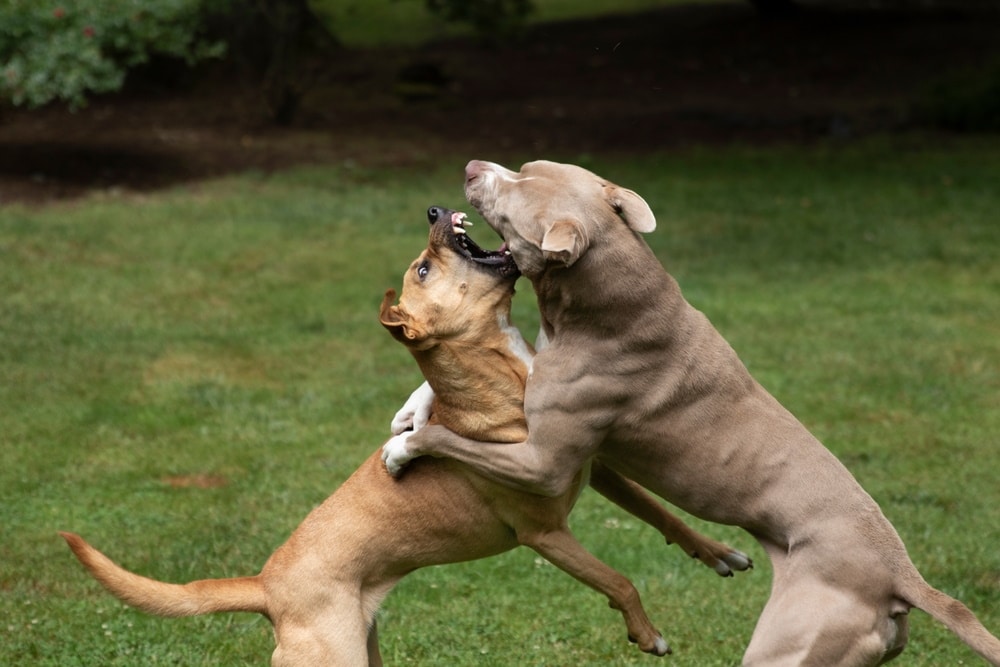
4. Your Dog Steals Other Dog’s Toys or Food
Another sign of bullying behavior is when your dog frequently steals another dog’s toys or food. Sometimes, dogs will enjoy a game of keep-away where they take each other’s toys and then chase each other.
However, these situations shouldn’t be one-sided, with your dog constantly taking other dog’s possessions, not wanting to share them, or even growling at other dogs. If your dog is bullying, you may notice that they also target less confident canines to steal from. Bullies usually don’t want to start fights, and they won’t pick on a dog they think will turn around and confront them for taking their stuff.
5. Watch Other Dogs’ Body Language Around Your Dog
Like kids, each dog has their own style of play. Some dogs play harder and rougher than others, which can look like bullying to owners who don’t know better. The best way to evaluate whether your dog is truly a bully is to watch how the other dogs react to them.
If another dog cowers to the ground, runs away from your dog with a tucked tail, or rolls over submissively, they probably aren’t having fun. In contrast, a dog enjoying the rowdy play will probably display positive behaviors like bowing, holding the tail upright, and relaxing its ears.
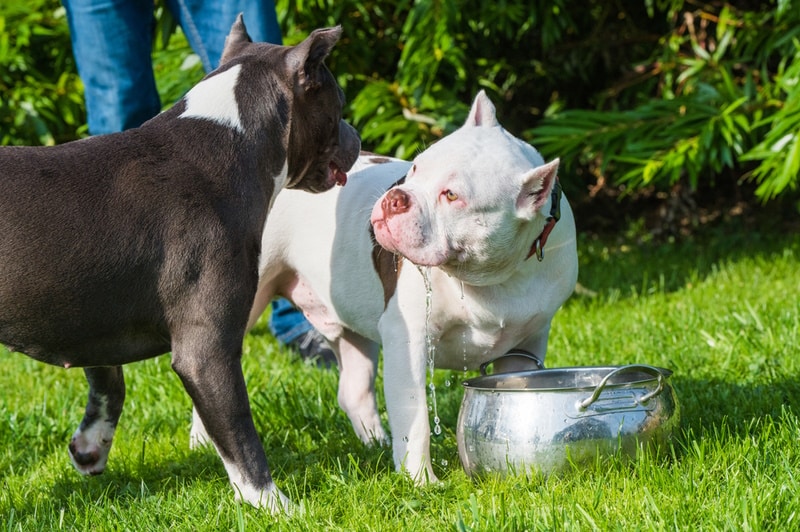

What to Do if Your Dog Is a Bully
First, it’s important to distinguish between a dog who is a bully and one who is aggressive toward other dogs. Aggressive canines need professional help to deal with their behavior problems. However, bullies usually single out a particular target and display rowdy, overbearing, sometimes dominant behaviors rather than true aggression.
To prevent bullying behavior before it starts, all puppies should be socialized with other dogs from an early age, but only after they have had their full puppy vaccination course. This allows them to learn to understand and respect canine body language, boundaries, and warning signs, plus how to play well with others.
If your dog starts to bully another dog, you’ll need to step in calmly, redirect your dog, and take them for a “time out” to reduce their stimulation. Once your dog is calm, you can try reintroducing them to play. If they start bullying again, it’s probably best that you call it a day.
You can train your dog to be a better, non-bullying playmate with patience. You’ll need the help of another dog who can tolerate your own pet’s antics. First, you can attach a long leash to your dog’s collar and let it drag loosely until you need it. Of course, be mindful of other people and warn them not to get tangled in your dog’s training lead, as they may stumble and injure themselves.
Allow the two dogs to interact, but watch them closely. When your dog plays appropriately, praise them. However, if your dog displays bullying behavior, use a trigger phrase such as “time out” and calmly remove your pet for a short break.
The goal is to pair the trigger phrase with the end of playtime, but not in a negative way. Your dog may be getting overexcited to the point they can’t control themselves, and they may actually enjoy having a short break, so their emotions and excessive energy can calm down a bit and reset. Reward them at this time if they come to you when being called, or even of their own accord. Otherwise, interrupt the game and give them a break.
We understand that all of this can sound tricky or maybe even difficult so it is always better to consult a vet when you feel you could be struggling with training your dog.
If you need to speak with a vet but can't get to one, head over to PangoVet. It's an online service where you can talk to a vet online and get the personalized advice you need for your pet — all at an affordable price!


Conclusion
Training your dog not to be a bully can be a long, frustrating process. You should keep in mind that as much as humans like the idea of off-leash dog parks, they can be scary, overstimulating, and even dangerous for many pups. If you’re having difficulty teaching your dog to play nice, consider other options for exercise or socializing, such as a leashed hike with a calm canine friend.
Featured Image Credit: alexei_tm | Getty Images
